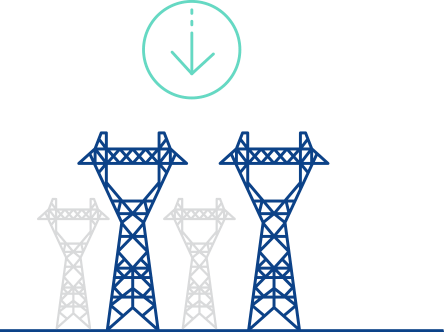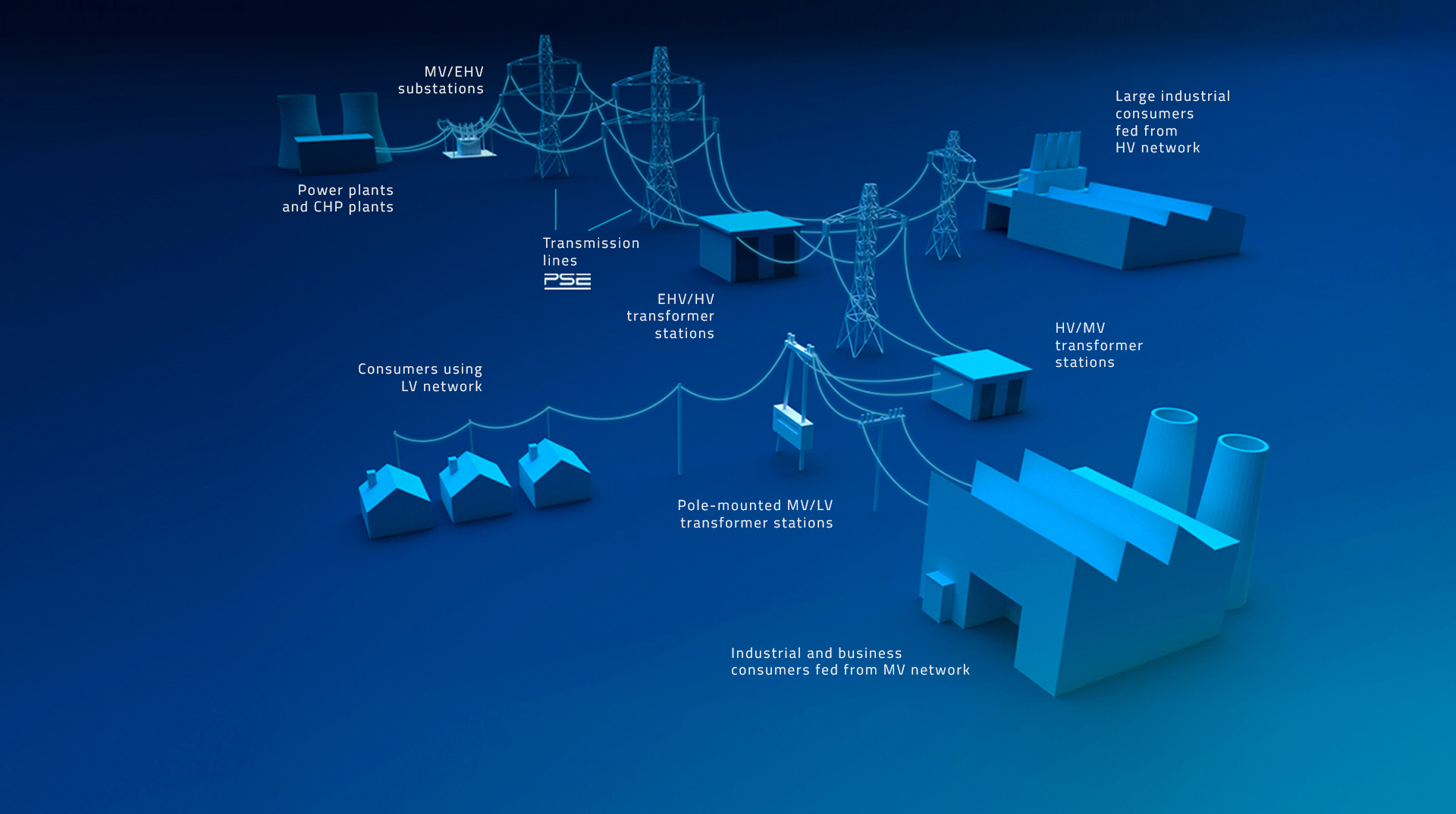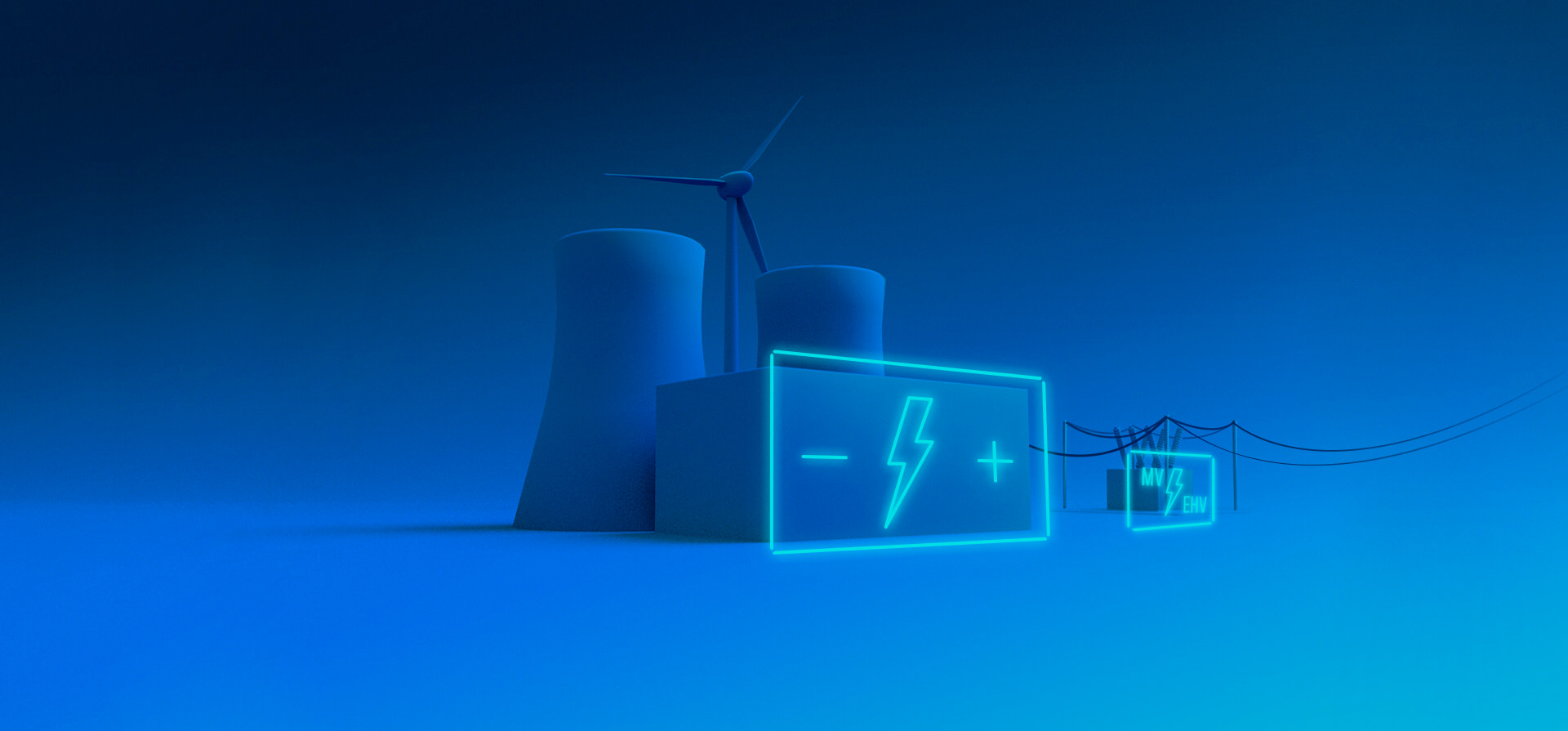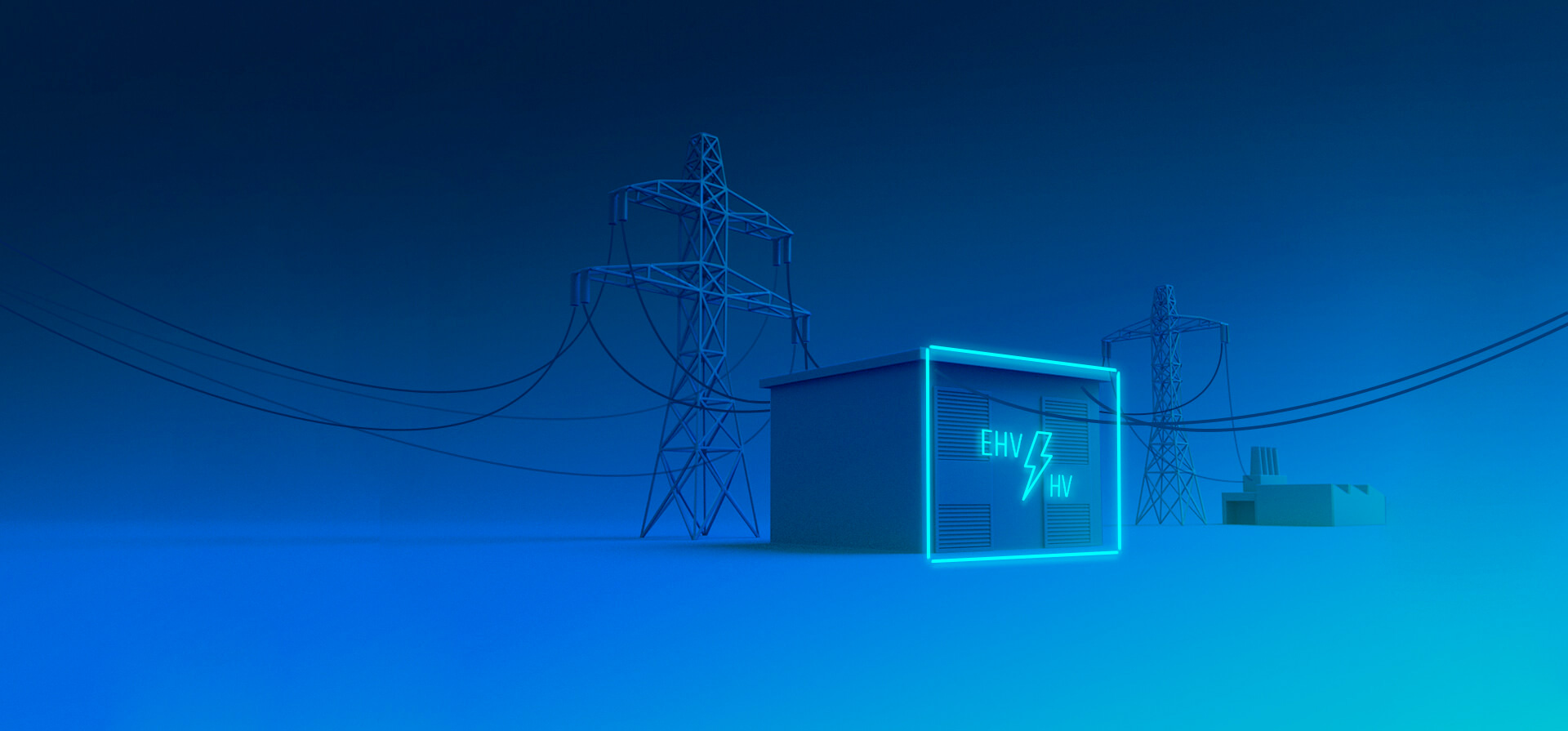PSE’s role in the power sector
We live in an era of electricity. Today, it is hard to imagine our daily routines without electricity, as electric energy drives powers not only innumerable pieces of equipment but also all areas of our lives.
Continuity of electricity supply is a result of an efficiently operating power system which comprises energy generating, converting, transmitting and distributing systems. The operation of the system is managed by Polskie Sieci Elektroenergetyczne, the Polish transmission system operator that also takes care of providing us with reliable electricity supply.








